It’s weird to walk around a town that’s been around for over 150 years and wonder what life was like before Teslas filled the parking lots and busy people hurry around from place to place staring at their phones.
I was driving back from Lubbock this weekend and was listening to an audiobook about a photojournalist who told stories about the people and places he went to. It really got me excited to do a photo essay on the old parts of Dripping Springs.
So last night at sunset, when most of the people and cars were cleared out of downtown Dripping, I took my son and taught him some photography while we walked around and talked about the different old buildings and stories I have learned.
We had to stop and take a closer look at things that I’ve never noticed before- we found a LOT- quiet presence really does help sharpen your senses!
We were searching for “the old” in a town that is quickly being bulldozed for the new.
It was inspiring and so much fun to do with my oldest son. Here’s a little but about the history of Dripping Springs and the buildings that are preserved under the historical preservation commission in Dripping Springs.

The origins of Dripping Springs, Texas can be traced back to the arrival of its first settlers. The first documented settler is believed to have been a man named Fawcett, who arrived in 1849. In 1853, three families, who were related through kinship, migrated from Mississippi to Texas. They traveled in wagons and settled in an area now known as Wallace Mountain, which was then considered part of the territory, despite being 30 miles from Texas.

The area was primarily inhabited by Native Americans, and the three families, consisting of John L. Moss and his wife Indiana “Nannie,” Dr. Joseph McKegg and his wife Sarah, and John Lee Wallace and his wife Malvina, built their homes there. In 1857, John Moss was appointed as the first postmaster and the community needed a name for the post office.
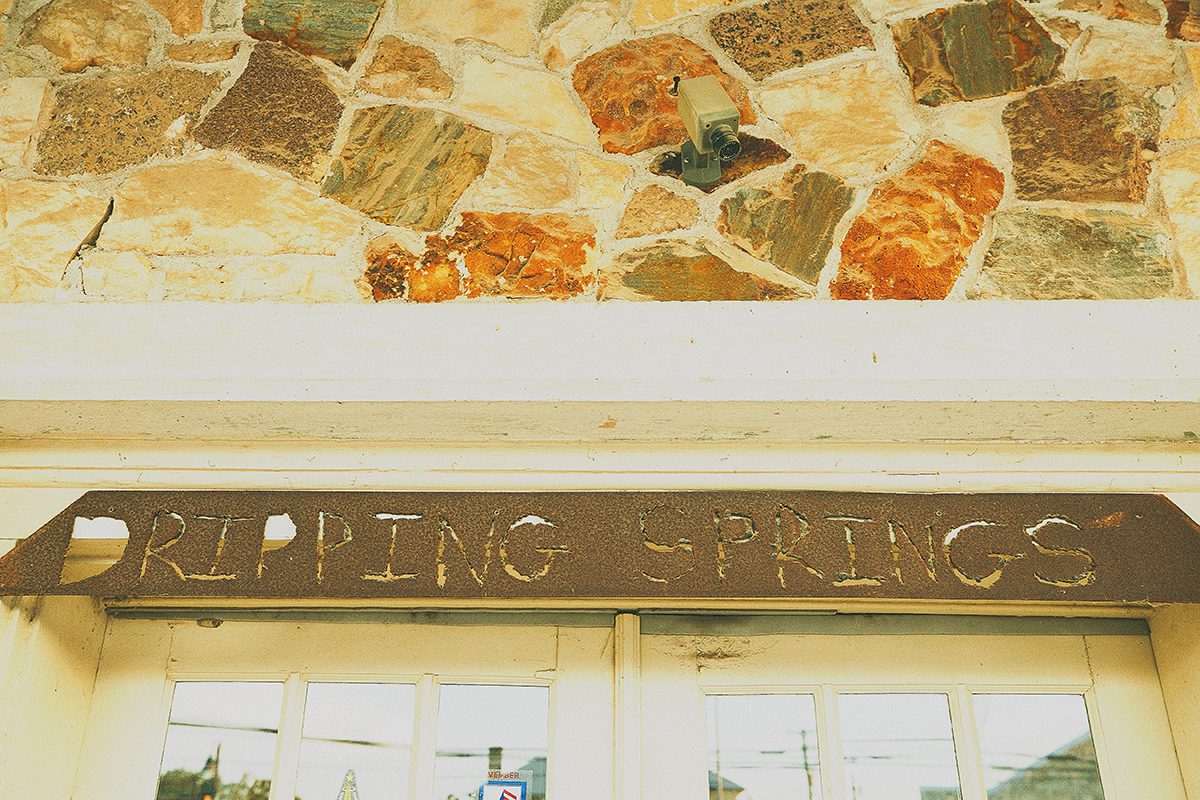
Nannie Moss came up with the name “Dripping Springs” while she was at the Milk house branch of Edwards Aquifer. Dripping Springs became a stagecoach stop and part of a freight line that ran between Austin and Fredericksburg.
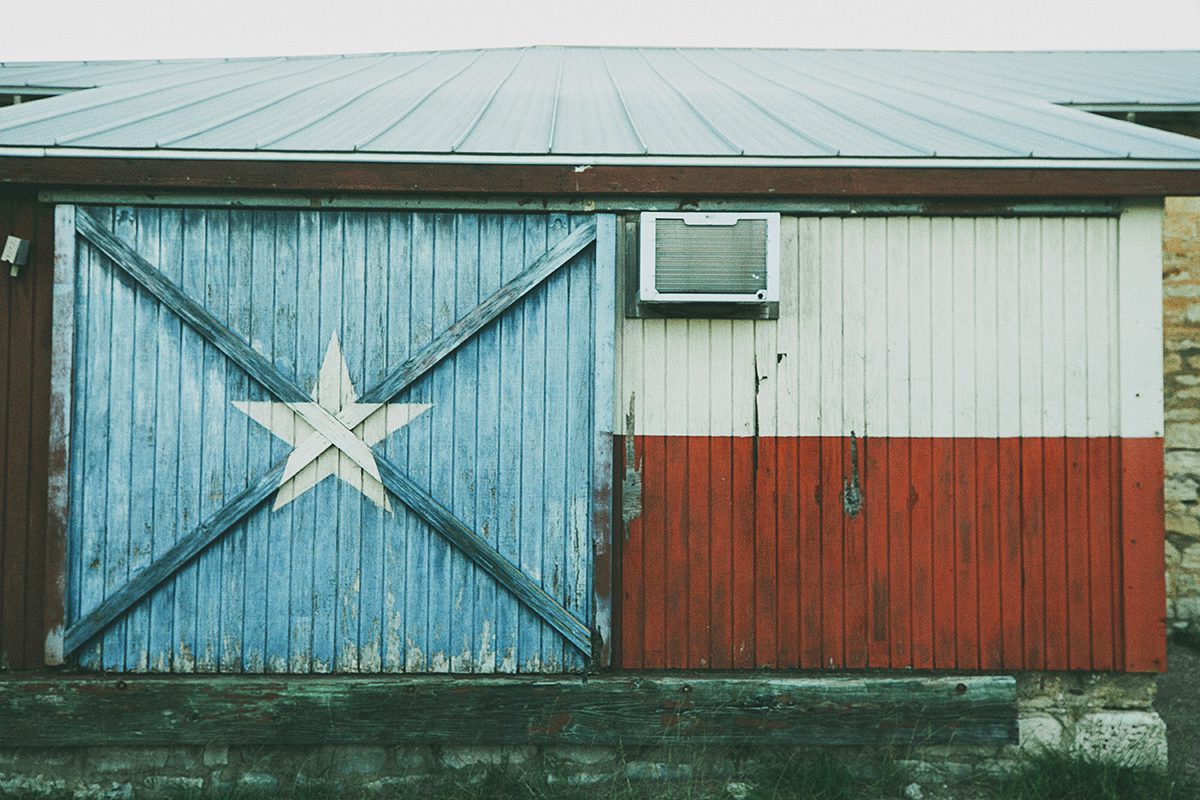
In 1824, Dr. J. M. Pound built what is now known as the Dr. Pound Pioneer Farmstead Historical Museum. The family operated the farm for over 130 years, and it also functioned as a hospital and church. The property was eventually donated to the city as a museum. Dr. Pound was one of the first doctors in Hays County. The home underwent restoration and was completed in 2003. The museum is free to the public, and tours are available on select days. The building is an important piece of the history of Dripping Springs, Texas.
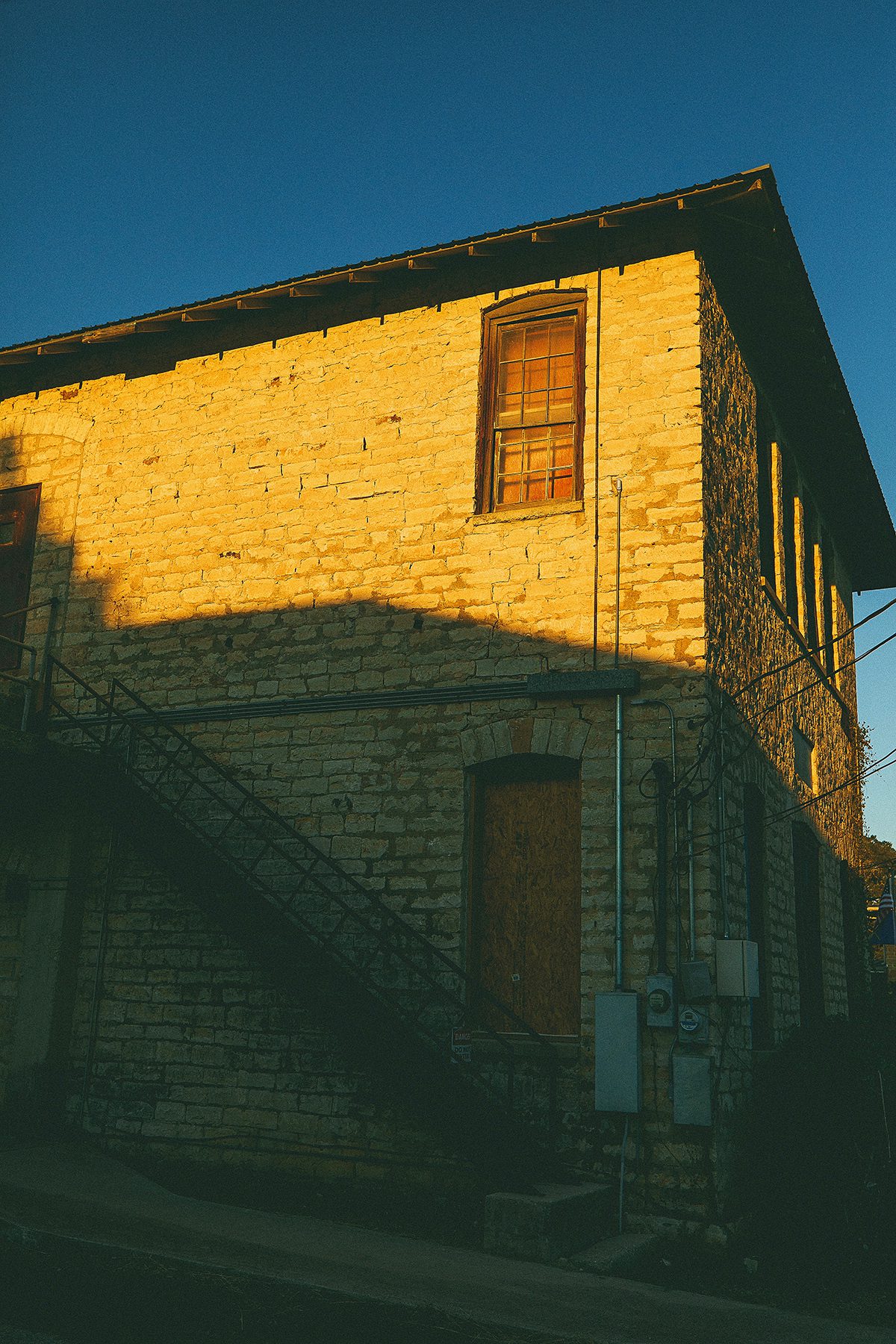
William Chapman named Mercer Street after his son, Mercer. He was a local Realtor (how fun is that) and donated the land for the first school that was built, Dripping Springs Academy (pictured above) in 1881.
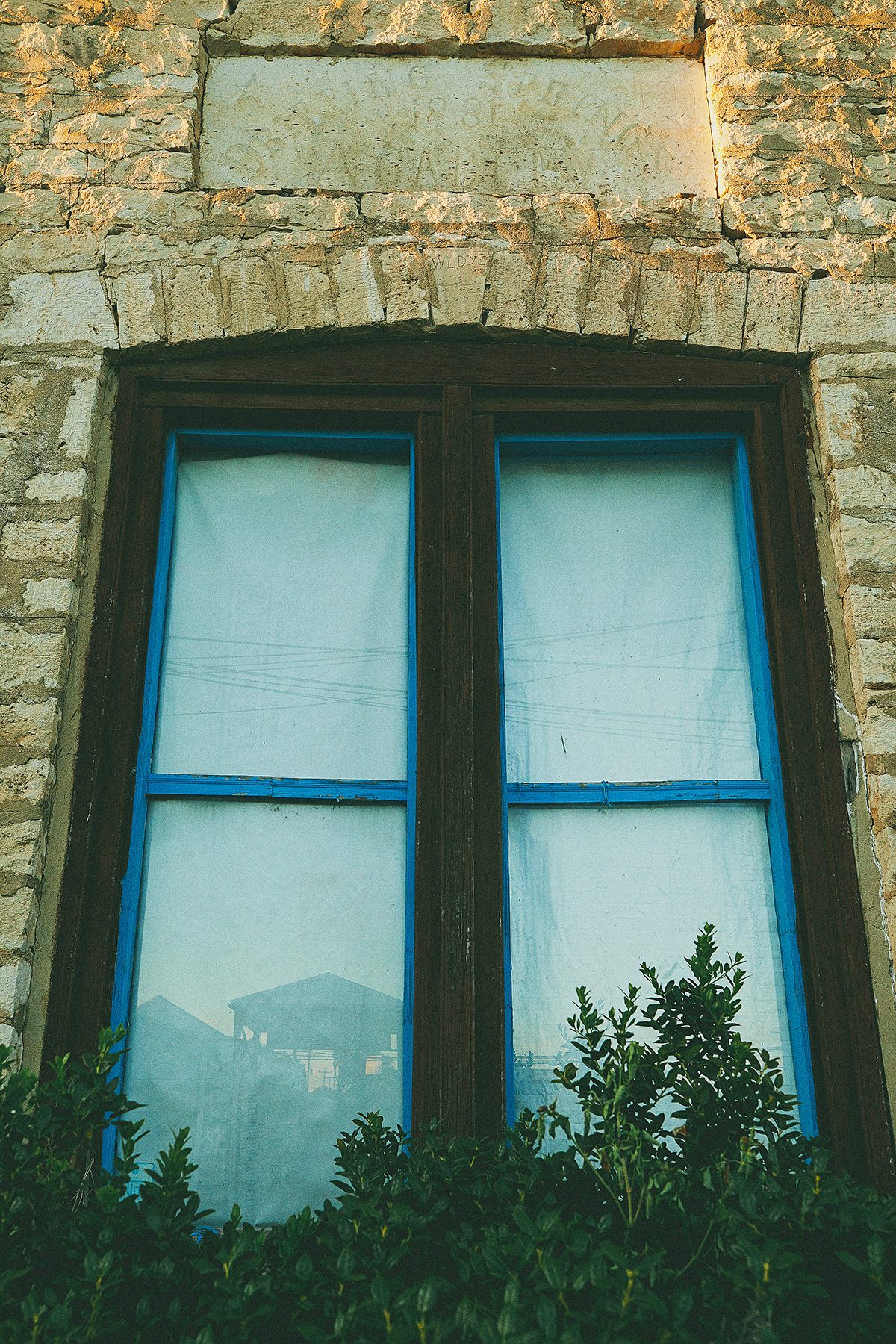
The academy was also used by the local Baptist church on Sundays and led by the preacher who was also a teacher at the school.
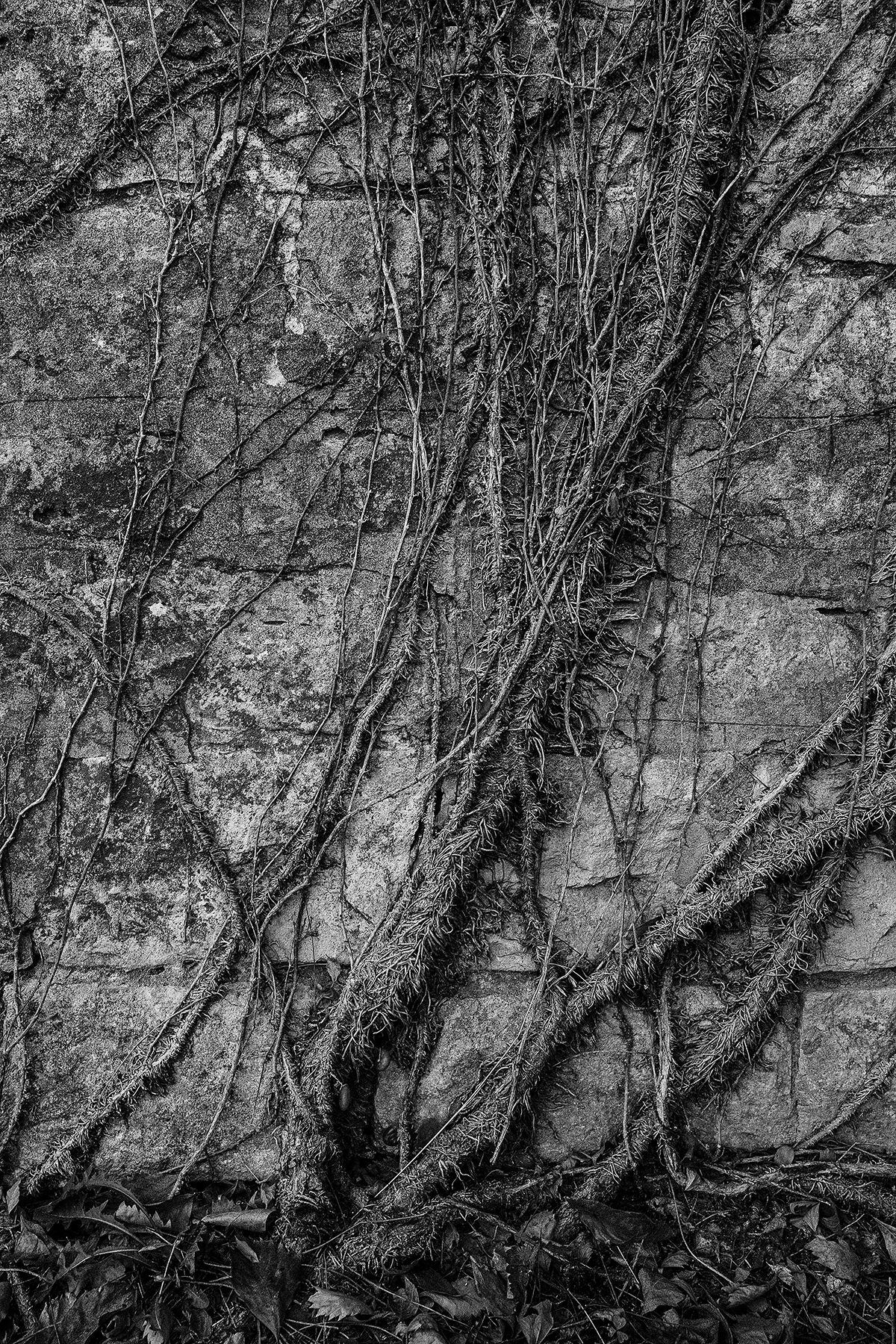
It still stands today 141 years later covered in ivy and owned by the Masonic Lodge.
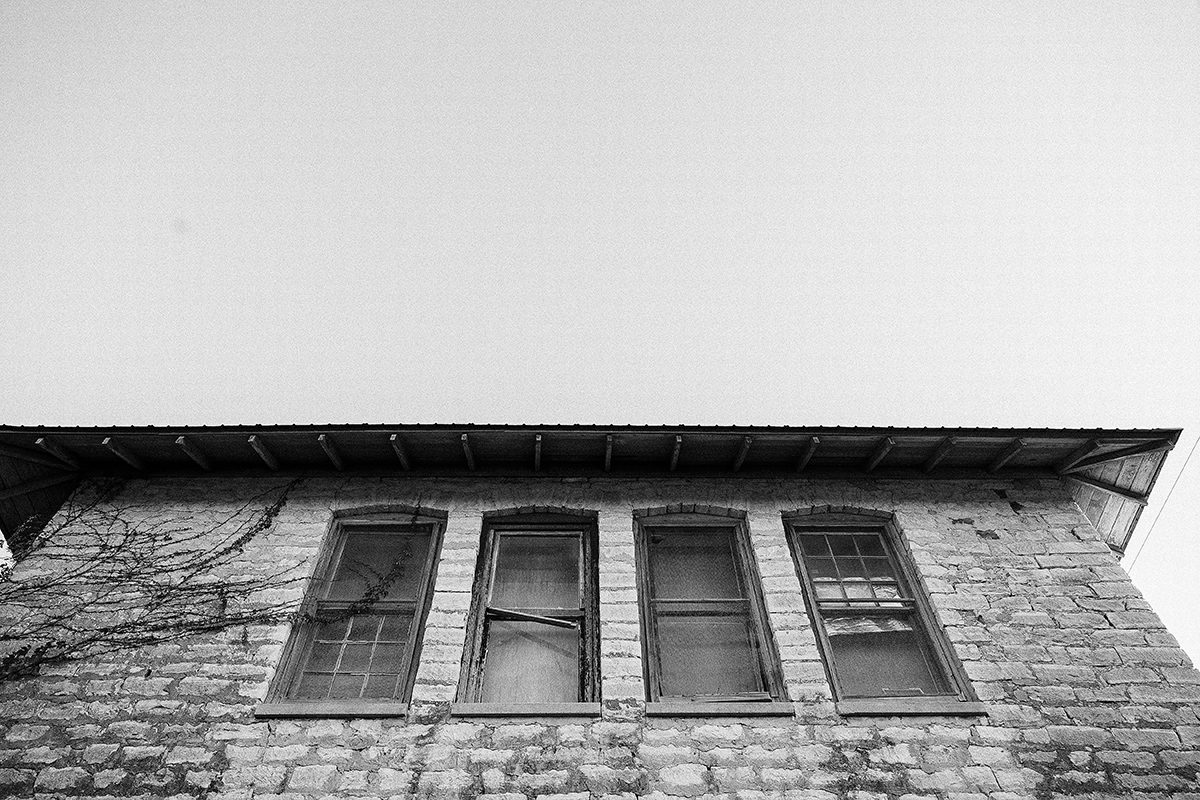
We walked a block away to Mercer Street and found so many interesting things!
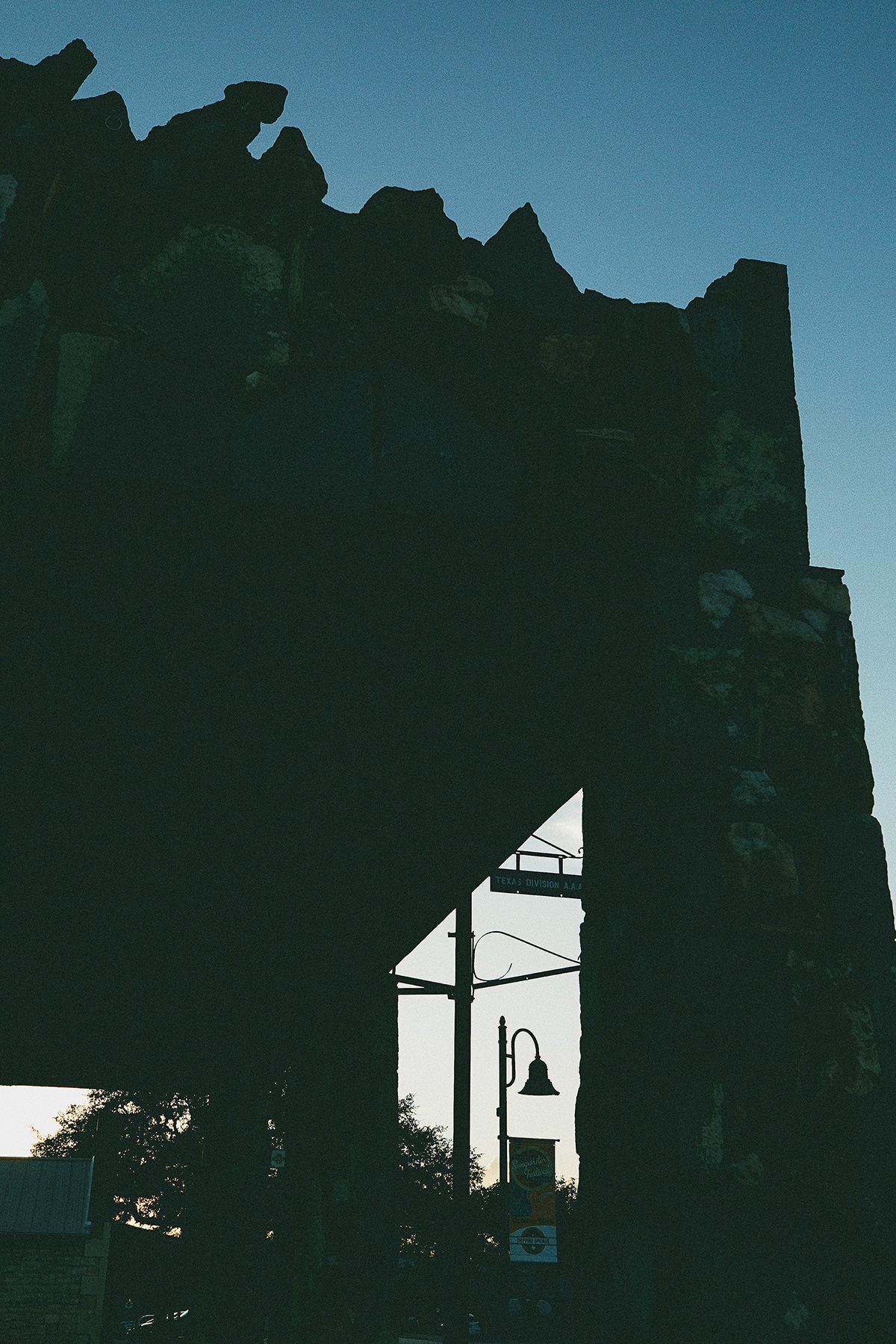
Will Hayden built this garage after the news that the new 290 would be built through Dripping Springs.
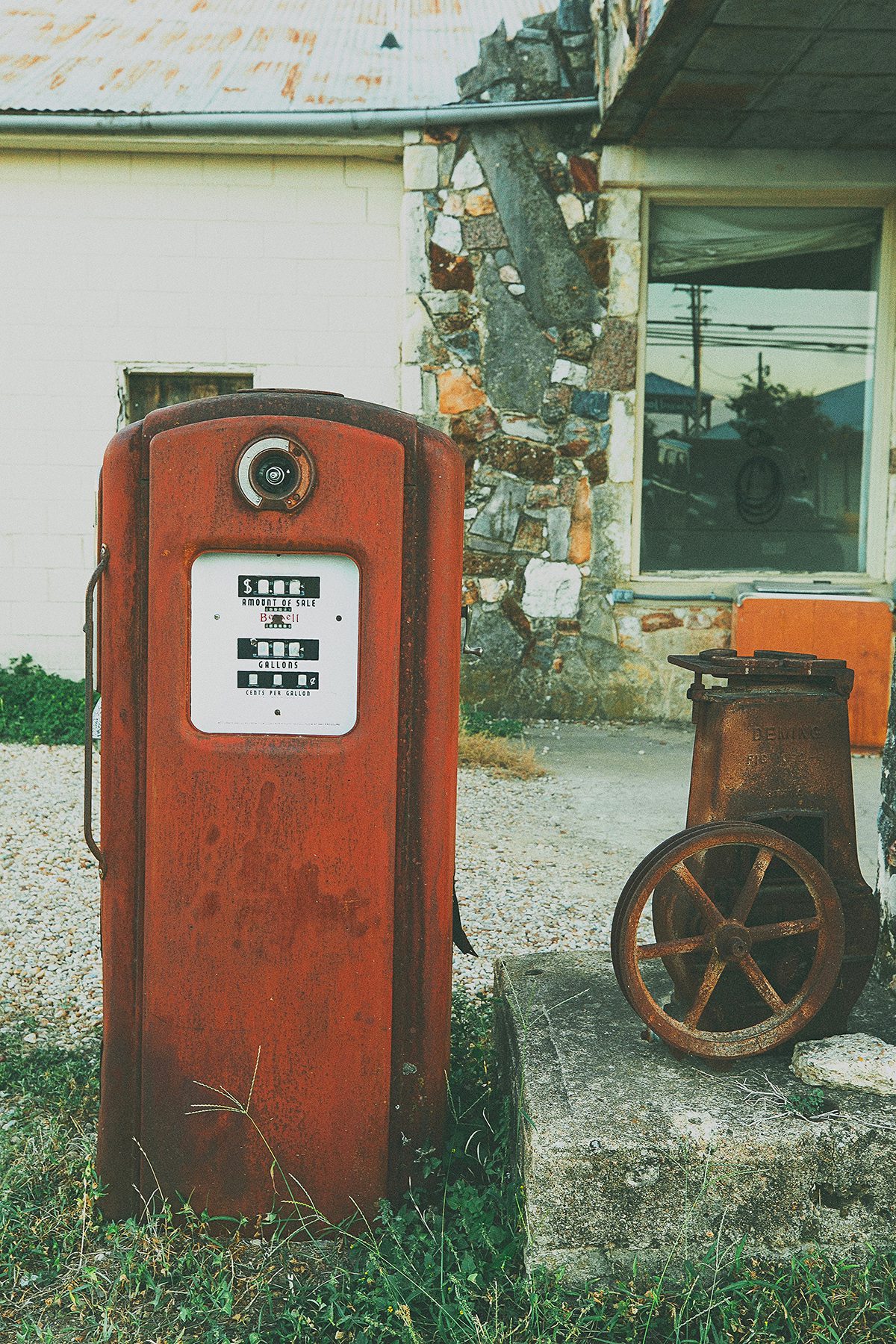
The Haydens gathered stones from all over the Hill Country area to build their garage and mixed it with wood and other materials.
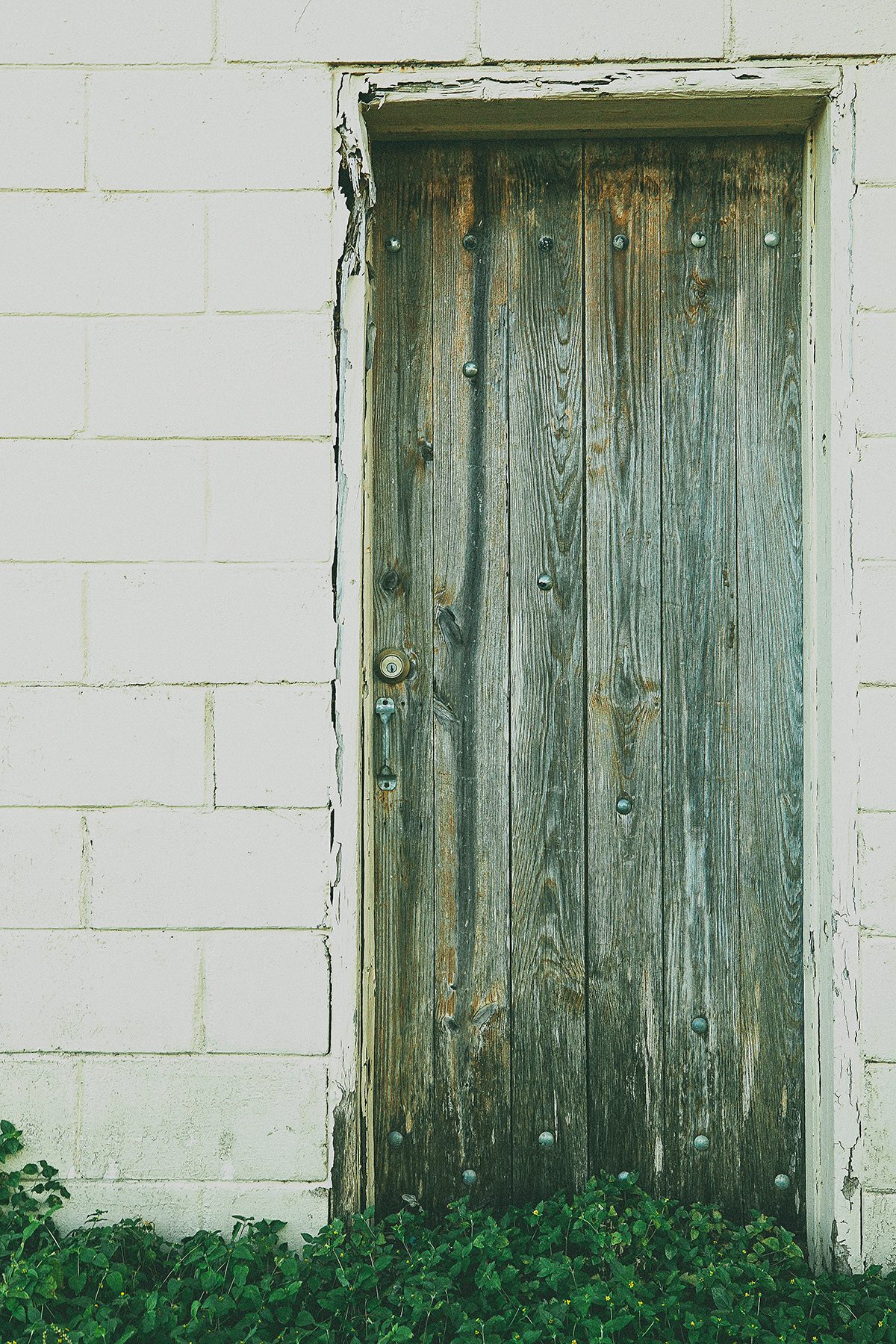
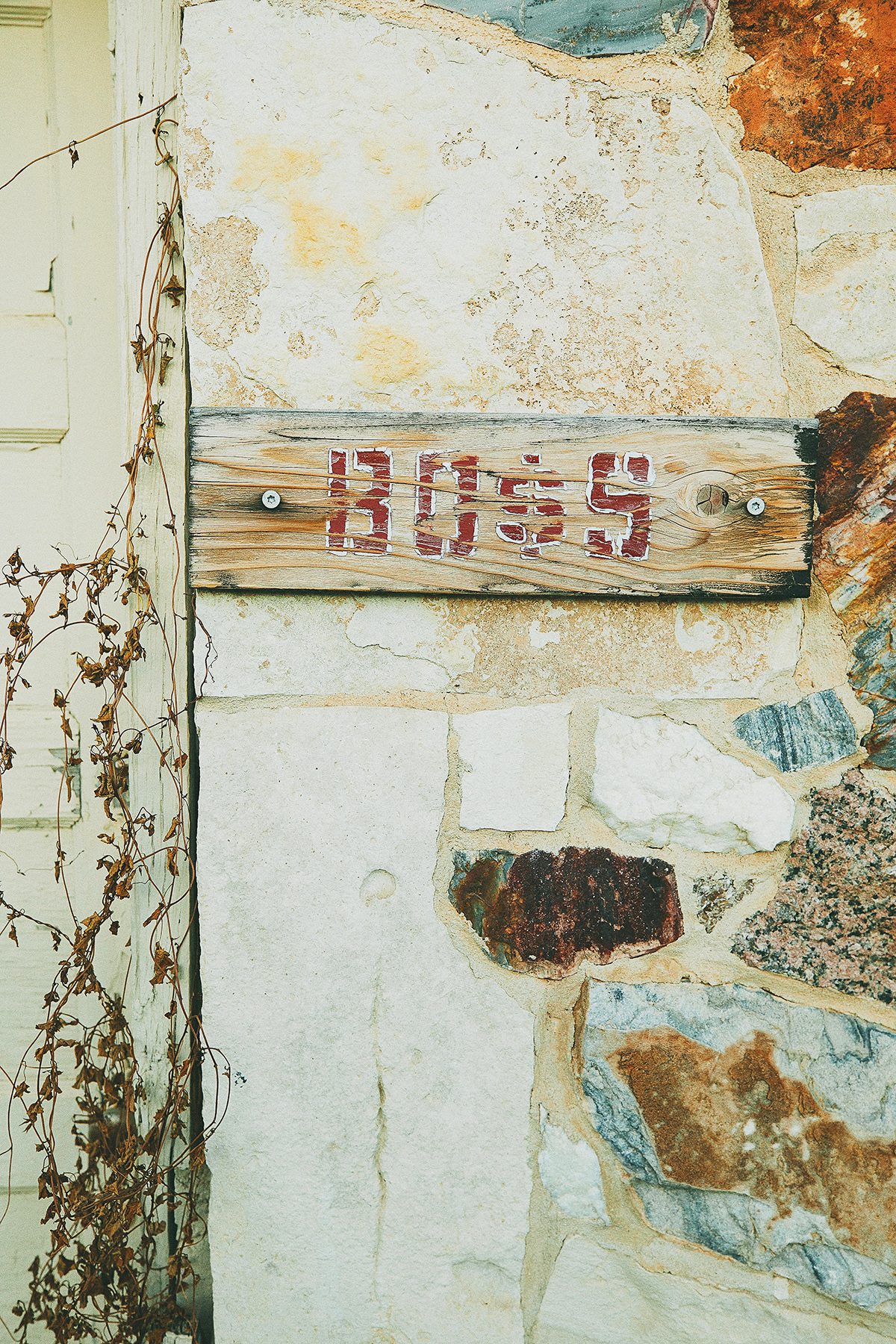
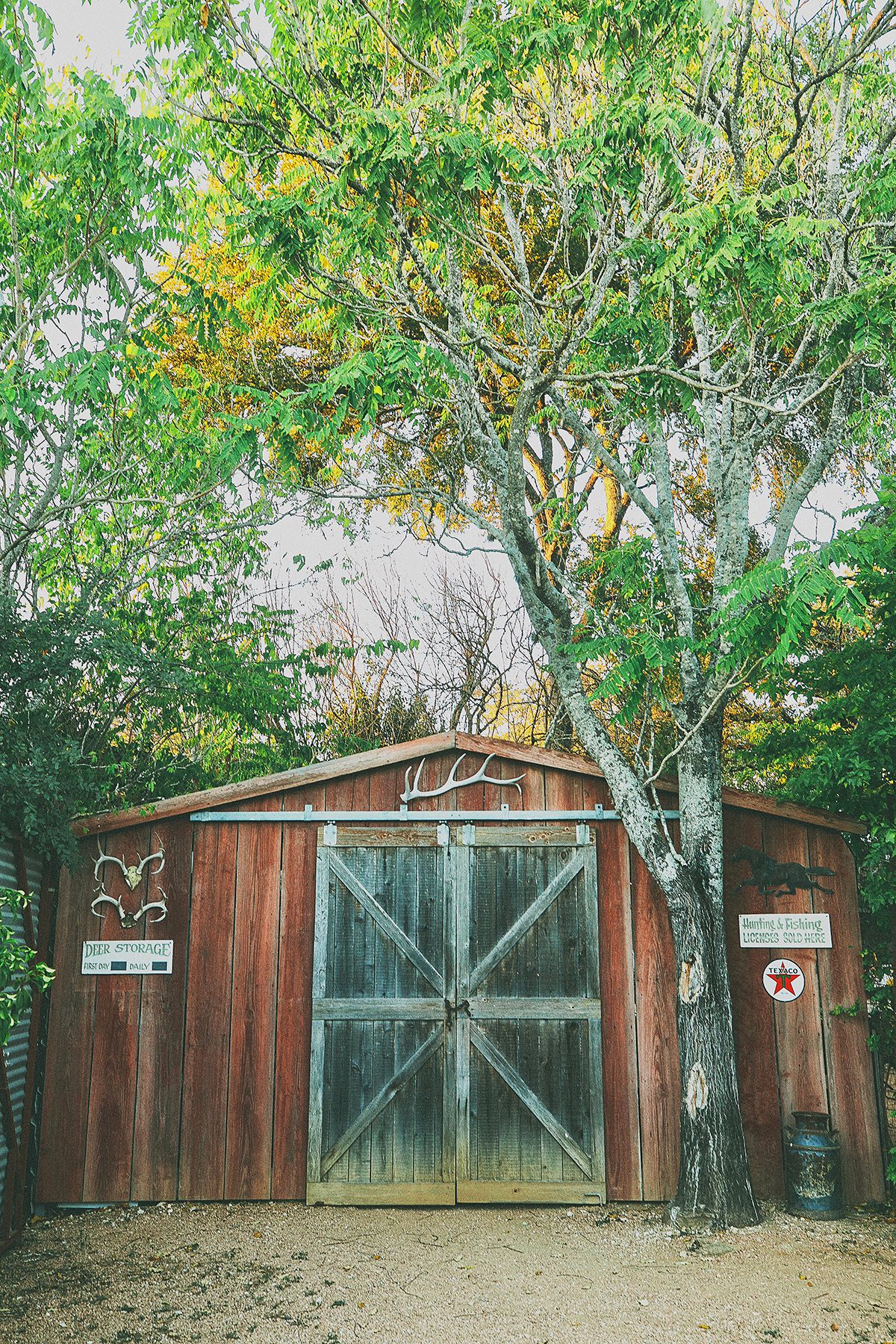
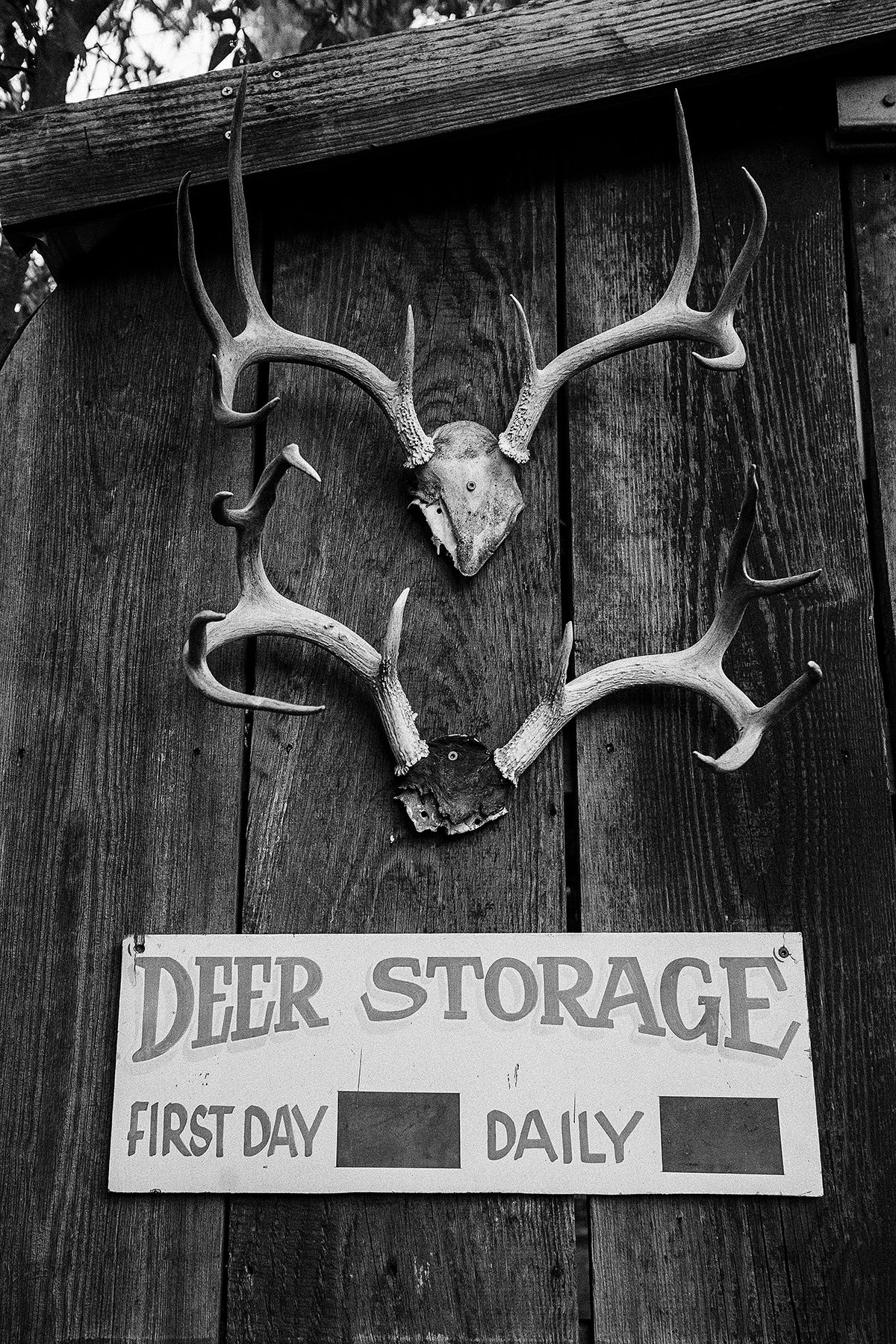
The Fritz W. Miller Texaco station was built in 1940 and is now used as an event space called “The Station“.
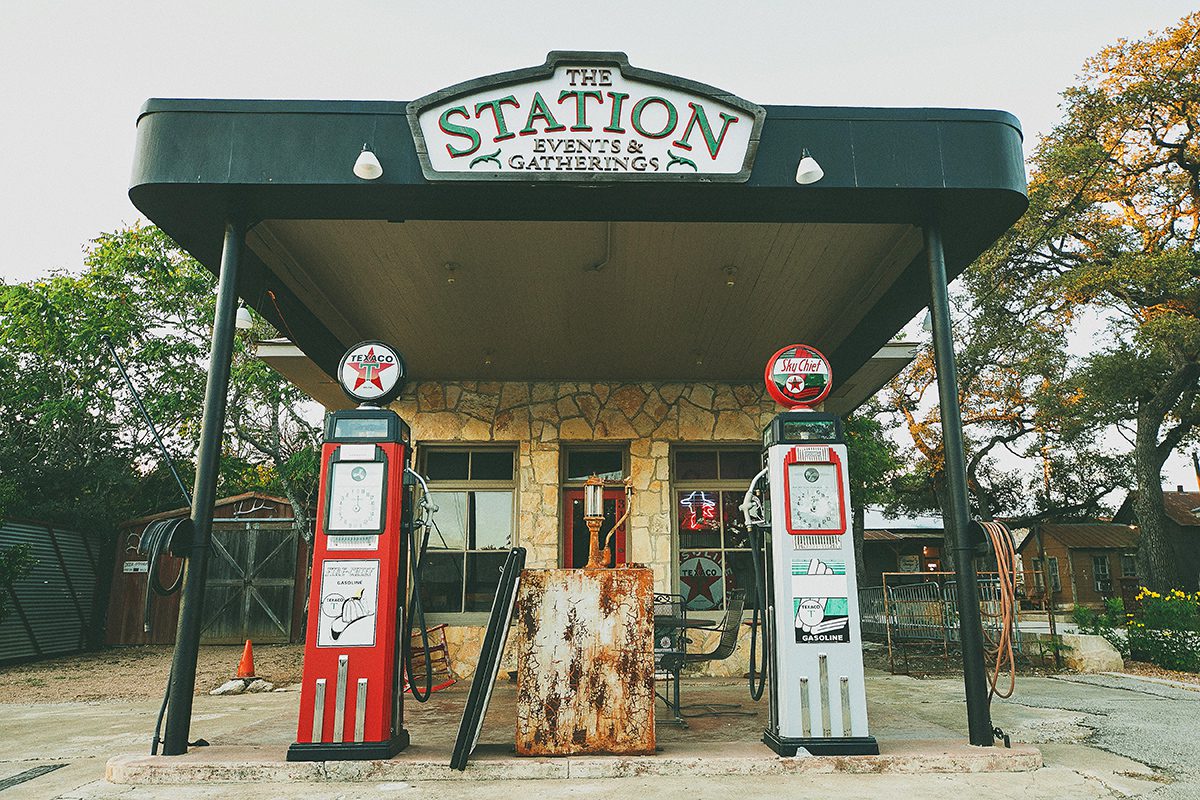
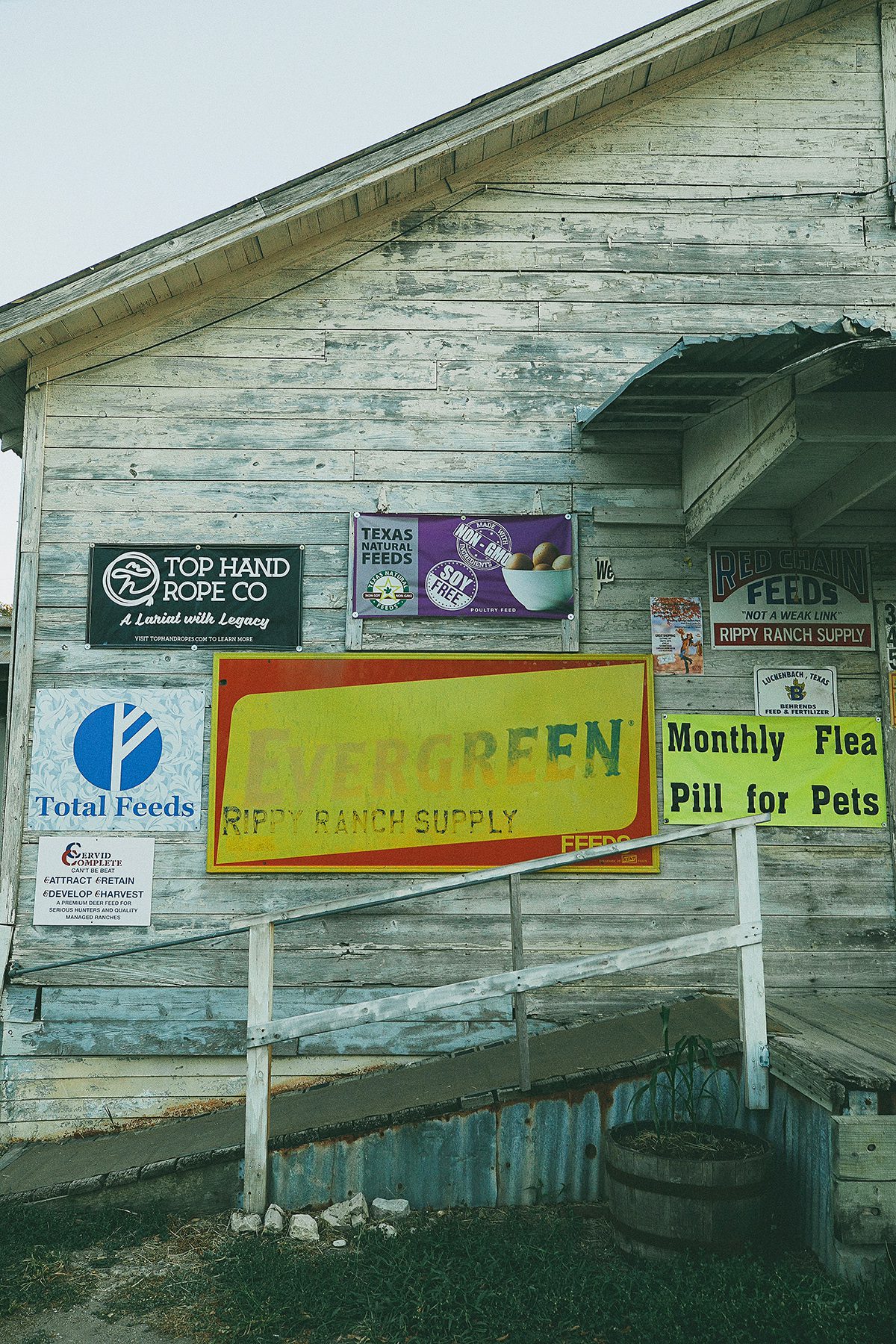
Another Mercer Street icon is this building next to Mazama Coffee.
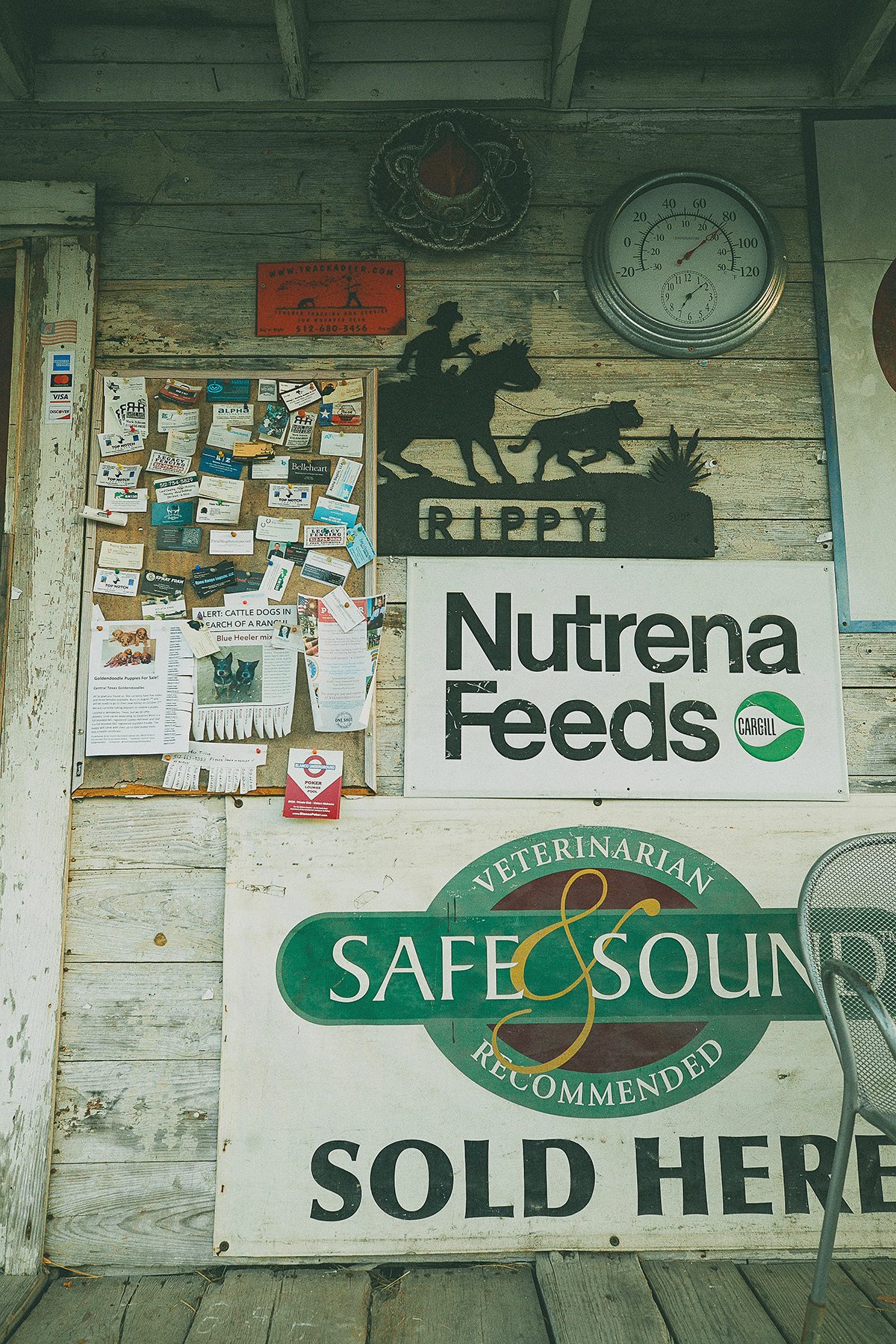
Will Crow opened this store as a wool and mohair store, which later burned to the ground. After he rebuilt it he added a ranch supply store in the front, which is currently Rippy Ranch Supply.
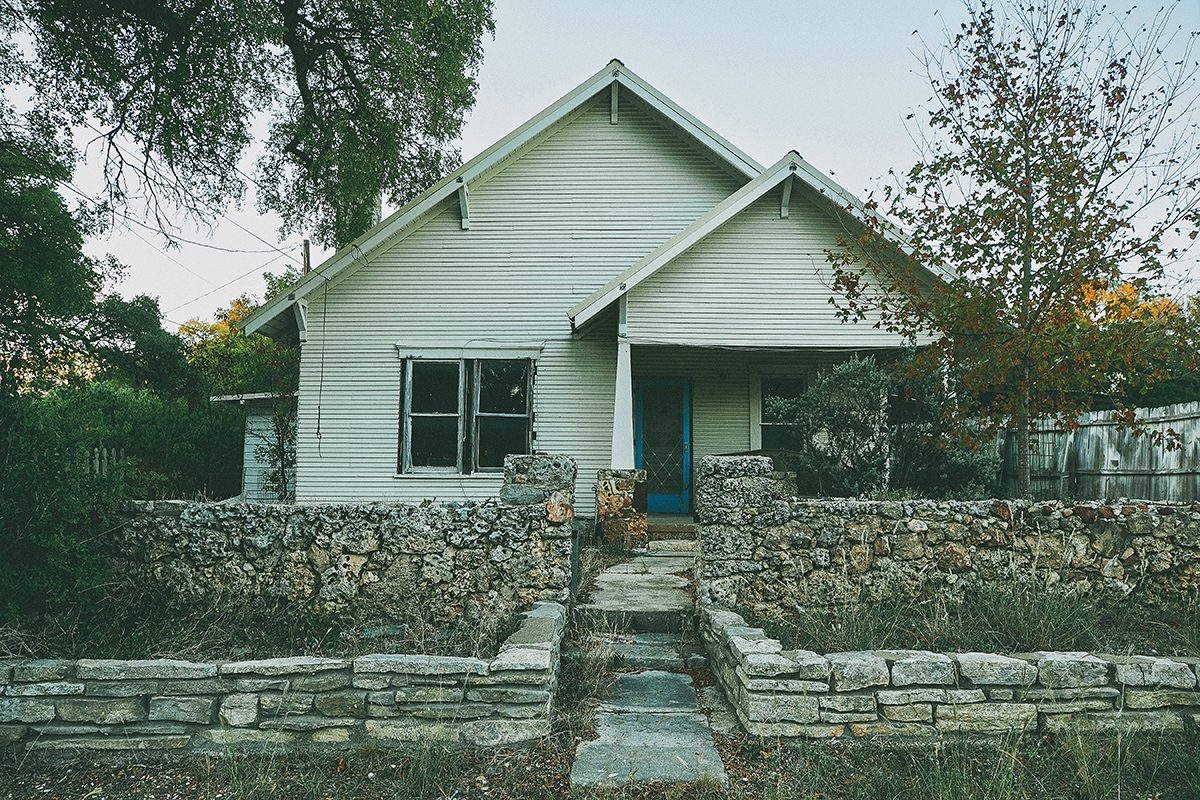
In 1904 the Garnetts bought this property and ran a livery business that transformed into a gas station and is currently a propane business- Garnett’s Propane. Bill Garnett Jr. built this home and put historical relics into the stone wall. I found a cannon ball!
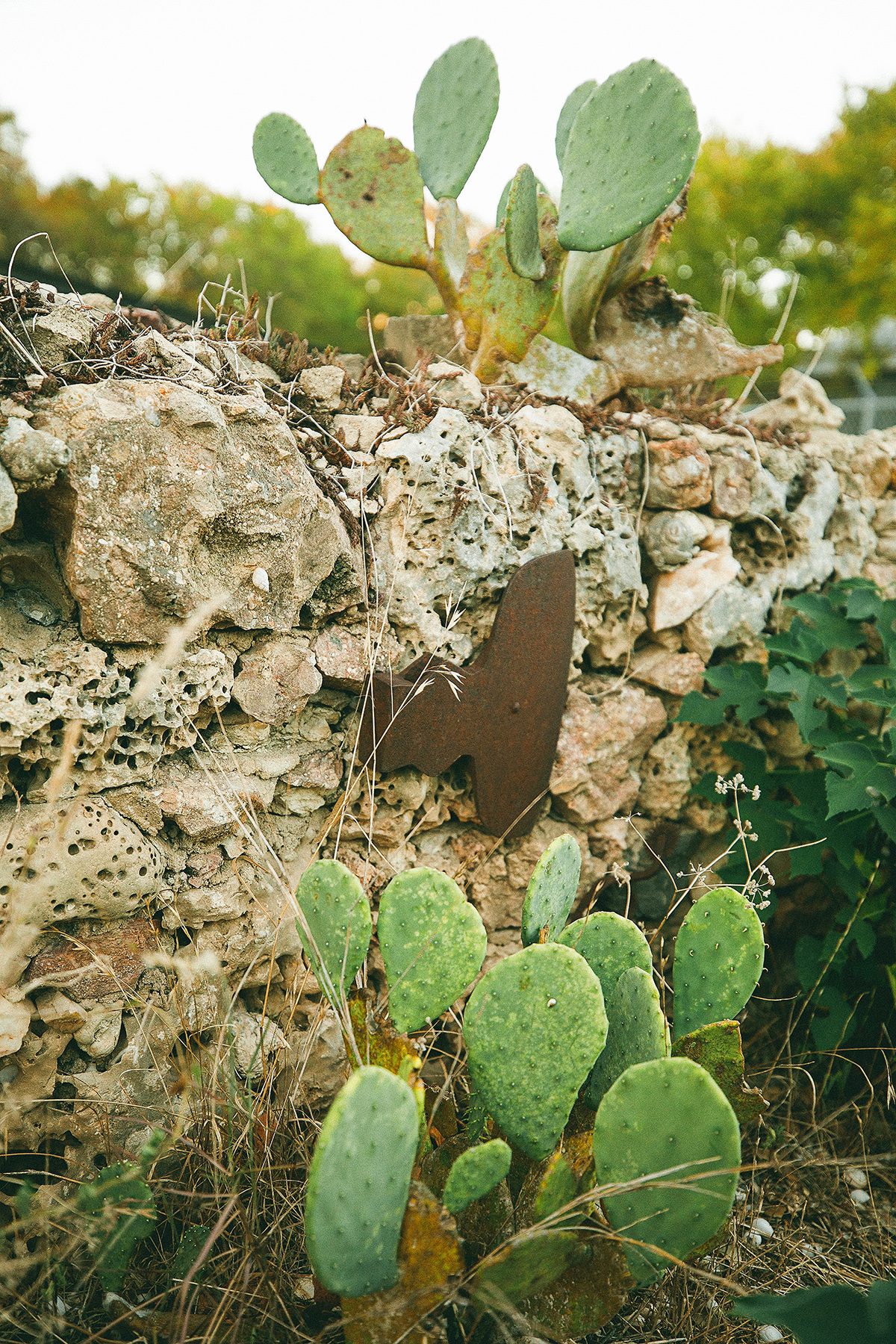
There are many other things that are cemented into the wall! What can you find?
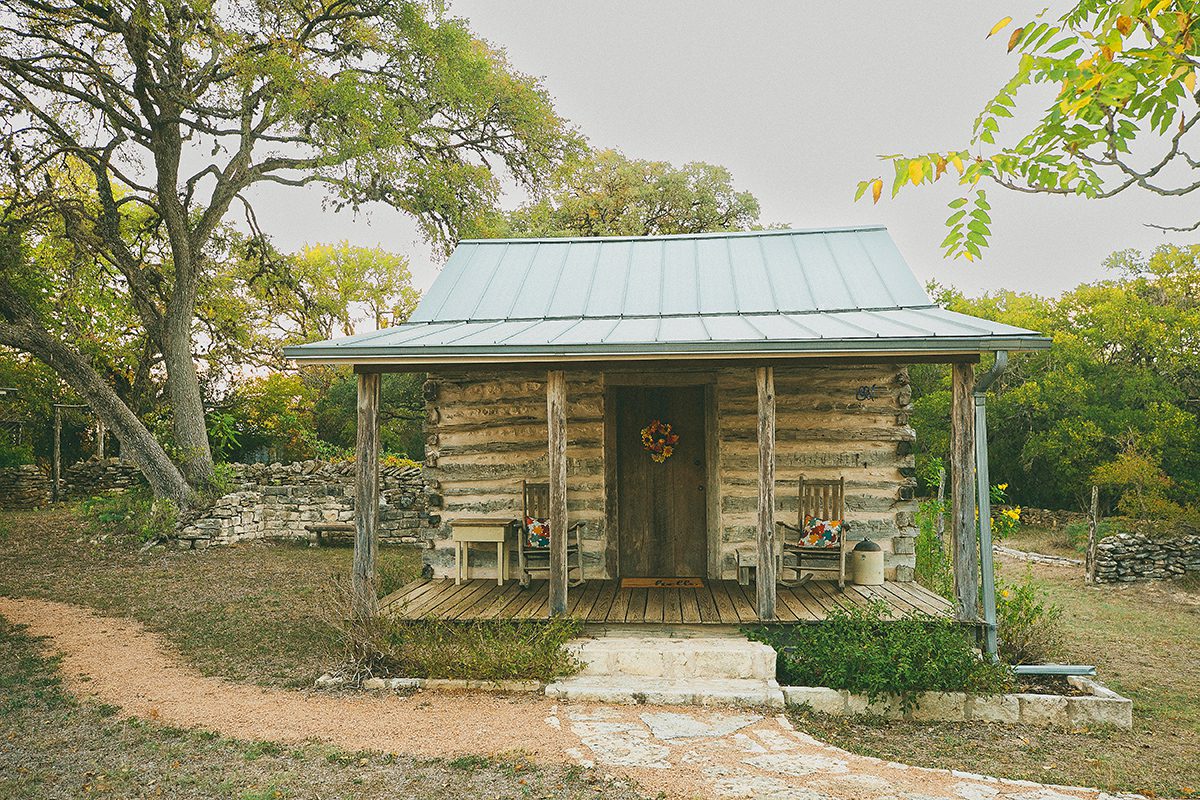
Burl Marshal built this home next to the spring on Mercer and his home was also used as the post office.
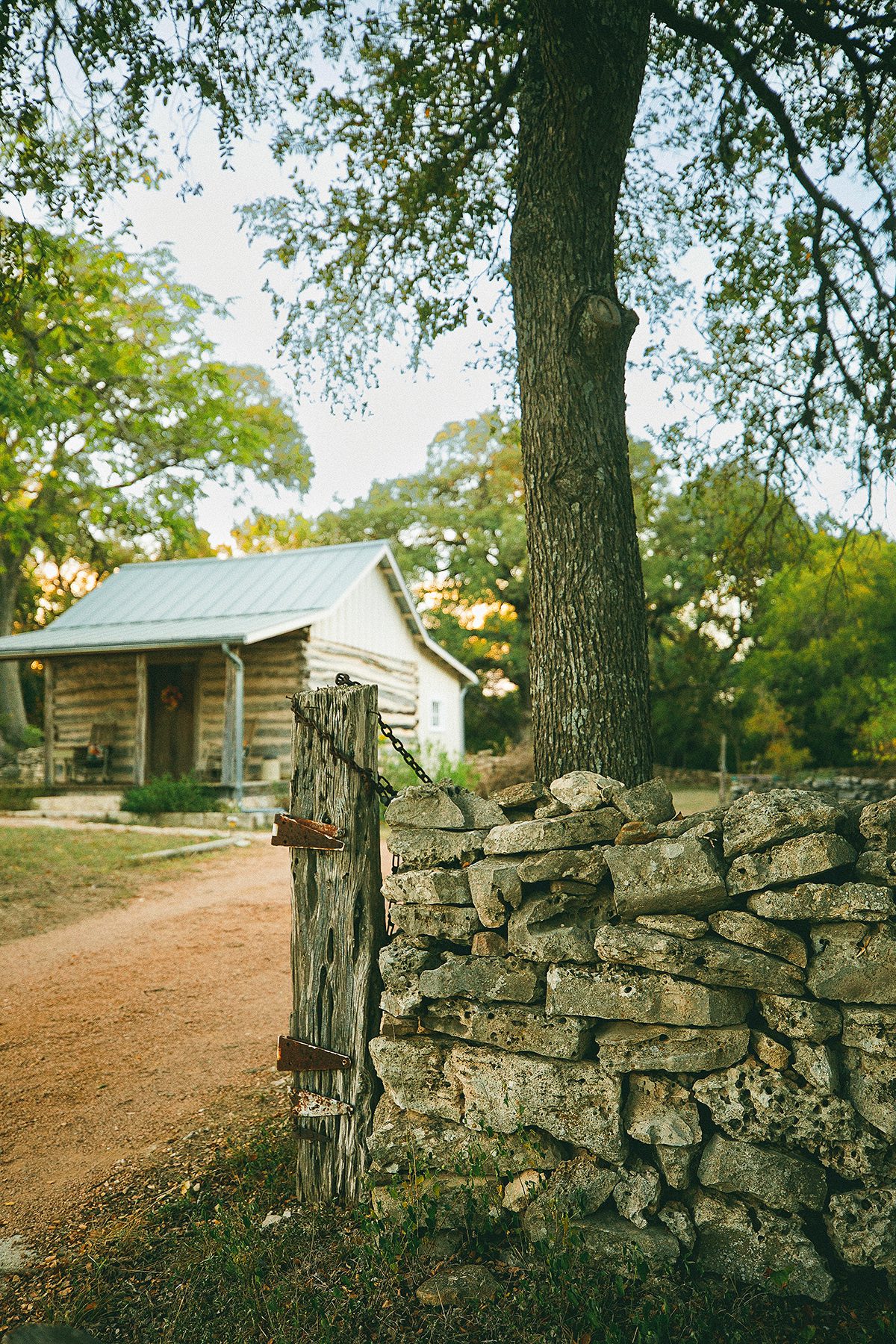
It is now the Homestead B&B.
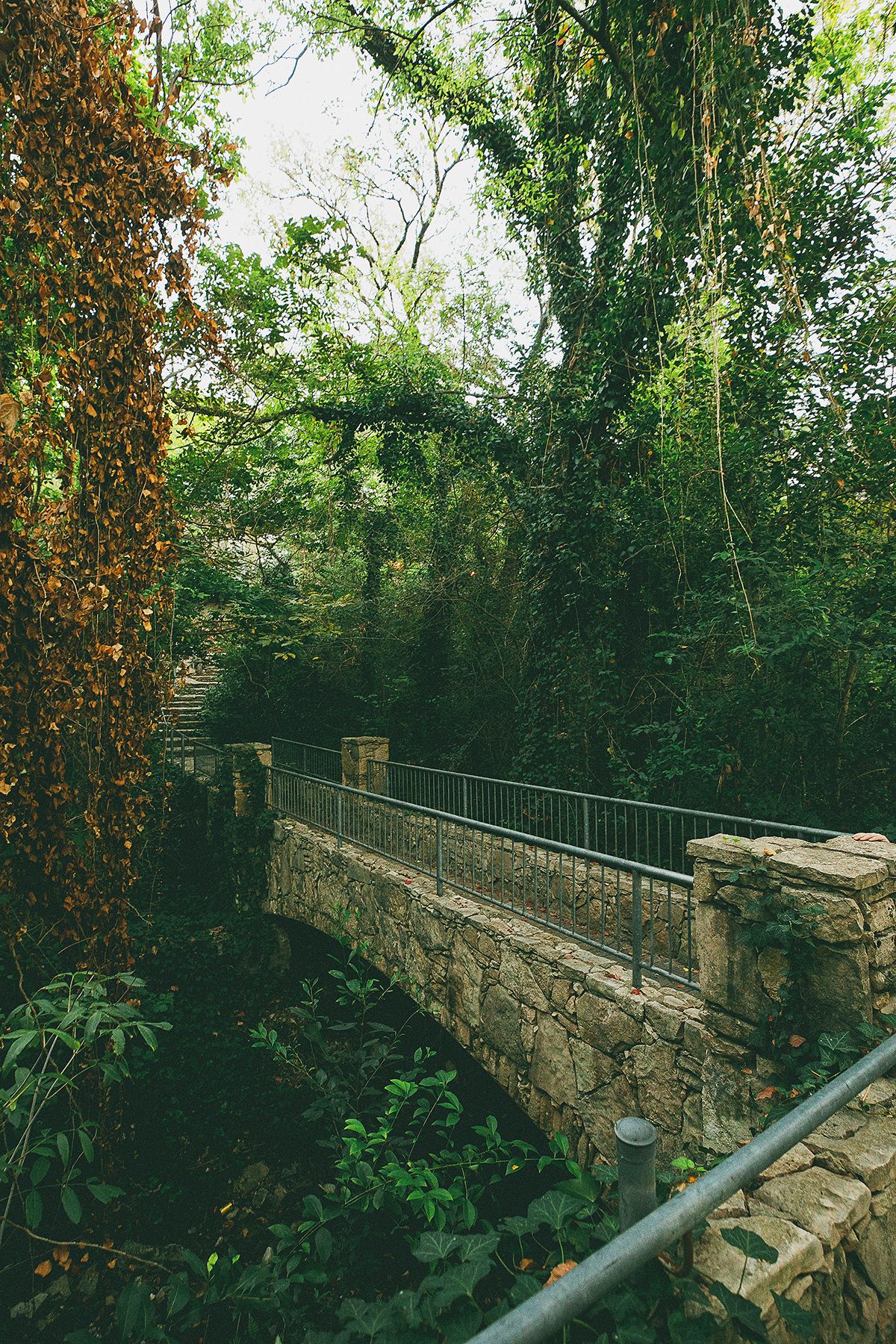
This is the original dripping spring that named the town.
Many locals don’t even know this exists!
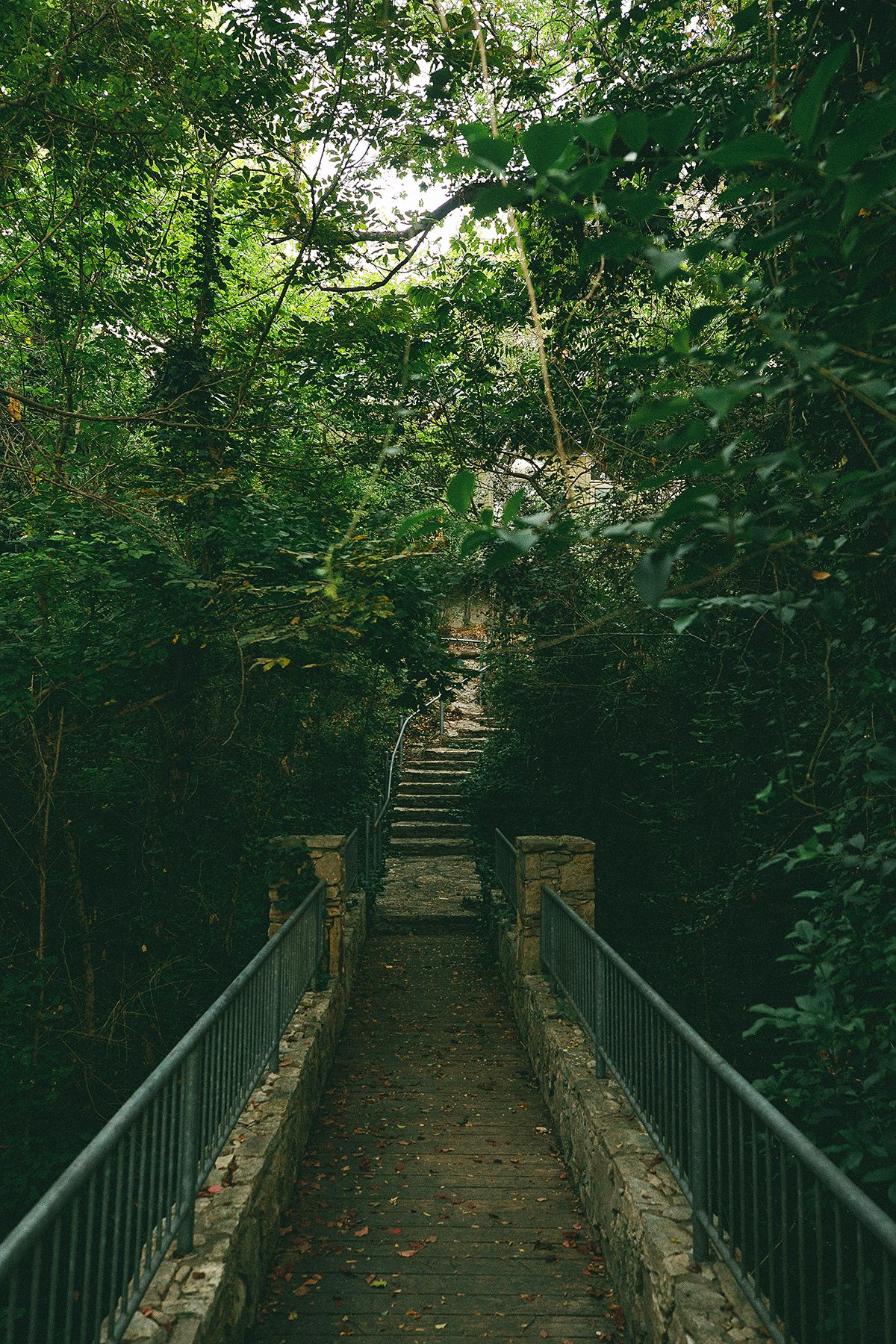
Want to know where it is? Just park in the Dripping Springs tourism/City Hall parking lot and walk east toward the Fed Ex drop off box where the bridge is.
Walk down the narrow stone staircase and you’ll discover the original Dripping Spring! My boys and I found it geocaching when we first moved here.
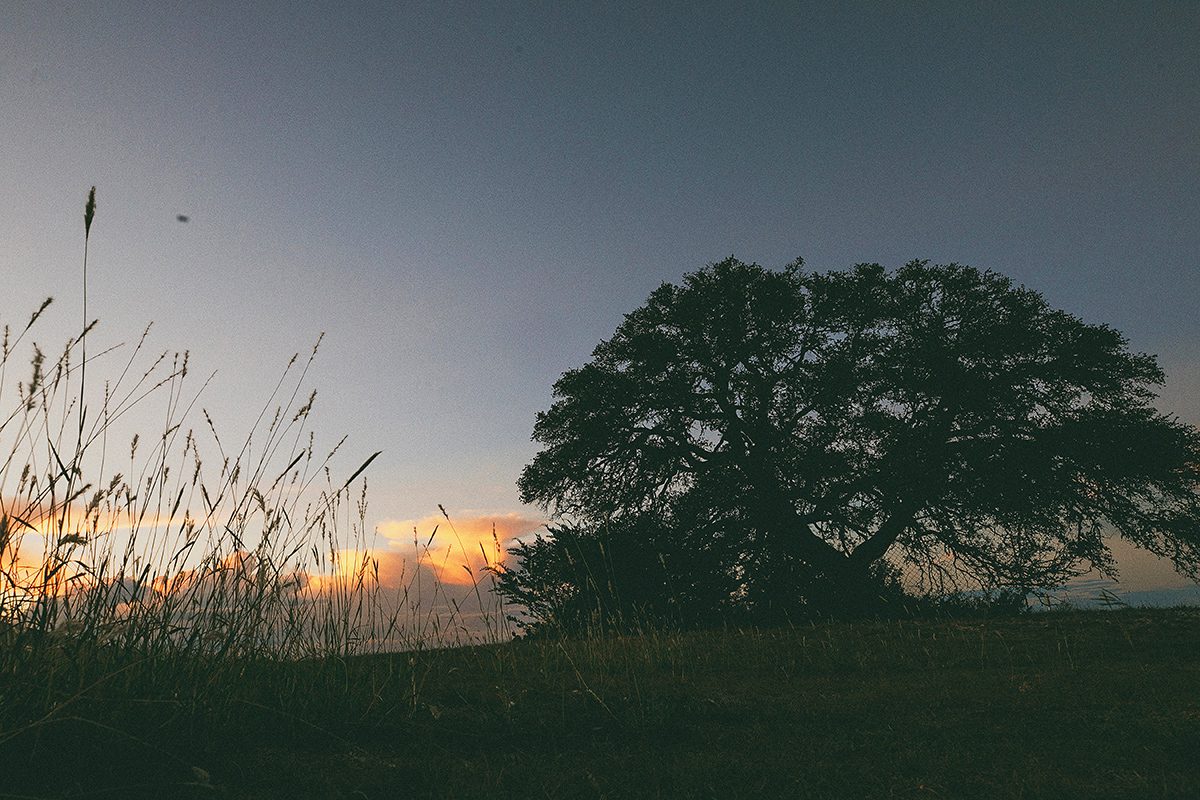
We ended our photo tour when I saw the sunset and wanted to get a beautiful Oak tree with it. We hurried off to Ranch Park across from Dripping Springs Elementary and took a few final shots.
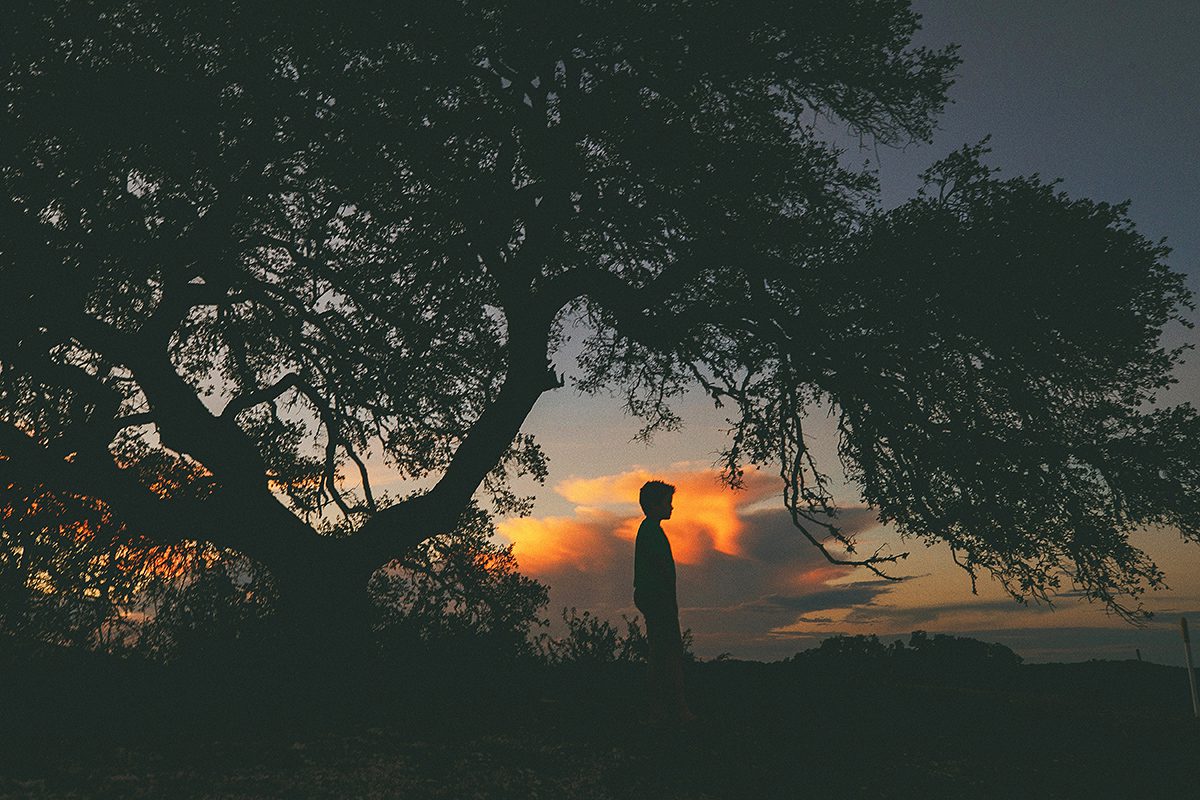
And here is my favorite. The boy who made me a momma. We moved here to raise them closer to nature with beautiful outdoor experiences.
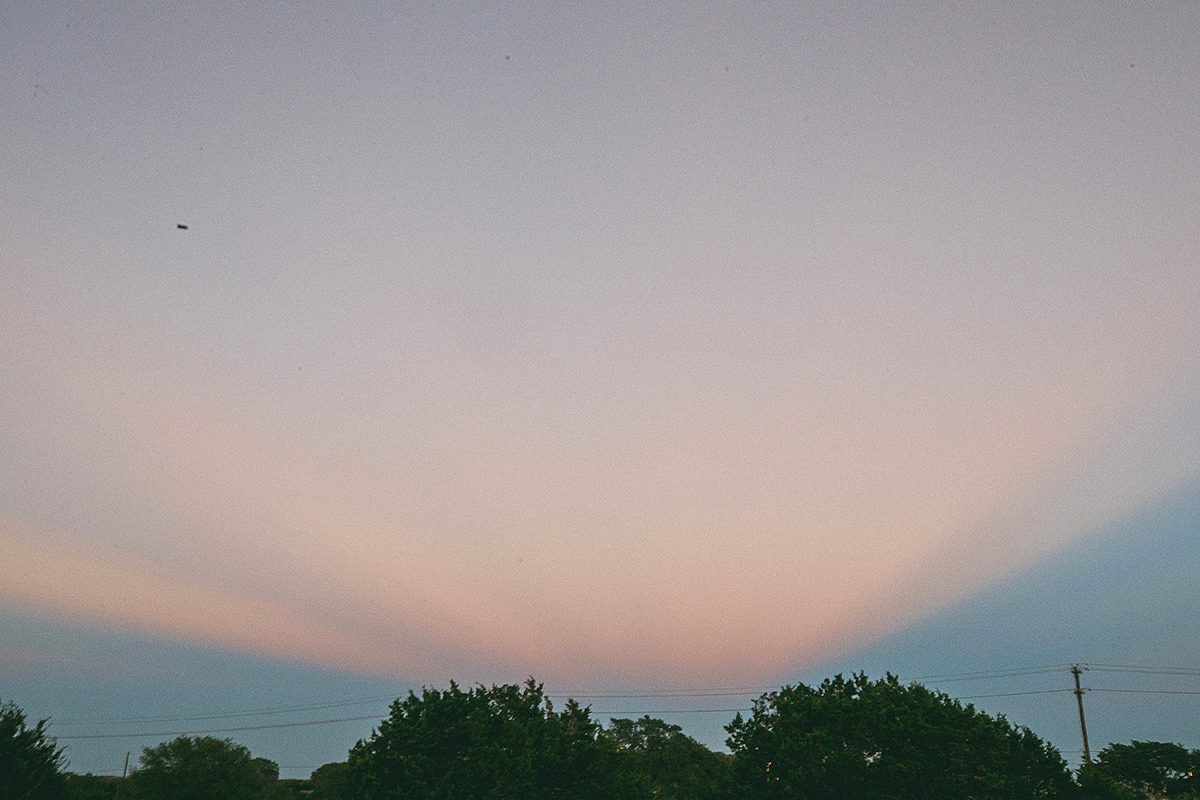

Want to learn about the history of Dripping Springs? Here is a very informative 16 minute youtube video that will tell you a lot!
Most of the info shared in this blog was learned from the video produced by the Pound Museum.
Are you interested in learning more about Dripping Springs? I am a local Dripping Springs Realtor and would love to talk with you more about this beautiful town! Considering moving to Dripping Springs? Just reach out and I’d love to talk more with you about buying and selling a home here! 512-569-8480 or laurenclark@magnoliarealty.com








